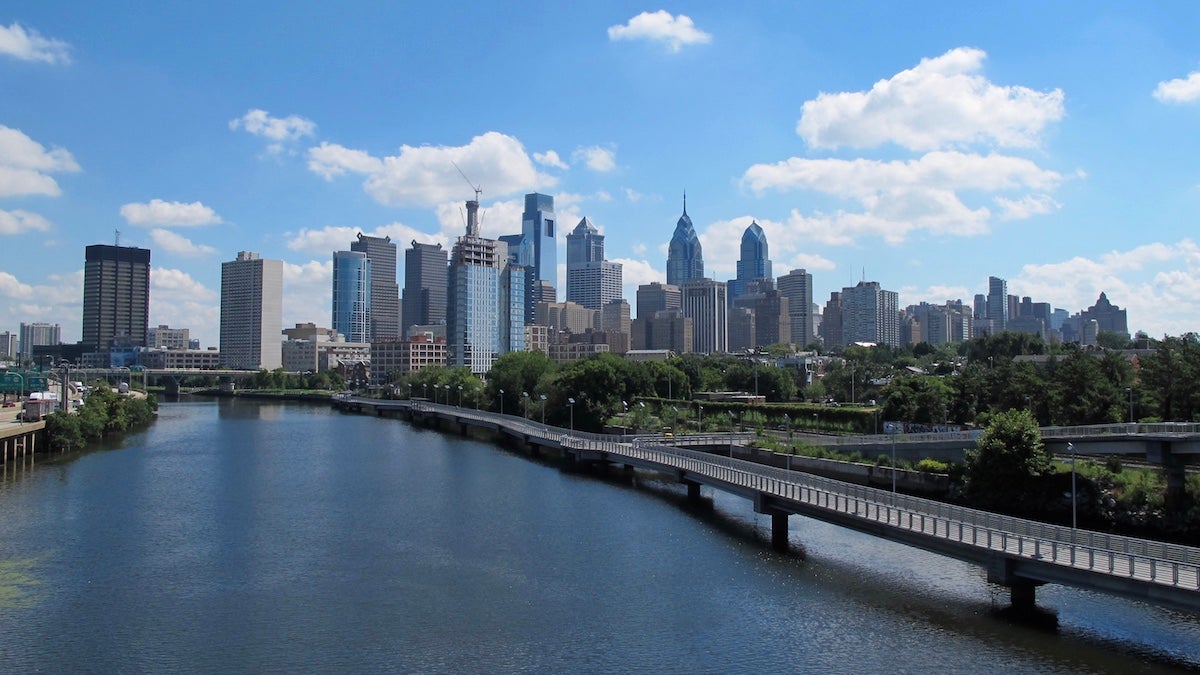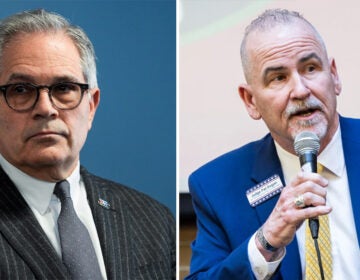Phoenix replaces Philly as nation’s 5th-largest city
Listen
The Philadelphia skyline (Ashley Hahn / WHYY)
Philadelphia is now the nation’s sixth-largest city, according to new data from the U.S. Census Bureau showing Phoenix has beat out Philly for that spot in the top five.
The city’s ranking slip did not come as a shock to Matt Cabrey, executive director of Select Greater Philadelphia, the local chamber of commerce’s marketing arm.
“This is something that’s been in the works, being discussed for probably over a decade now,” he said.
But Cabrey isn’t running out to reprint his marketing materials any time soon.
The population is still growing in the city and the entire region — which, by Select Greater Philadelphia’s definition, includes 11 counties in Southeast Pennsylvania, Northern Delaware and Southern New Jersey.
In the five-county Philadelphia region alone, each saw its populations tick up with the largest growth in Chester County, which went from 498,886 in 2010 to an estimated 516,312 in 2016 — a 3.5 percent increase. That’s significant in a county that is one-third preserved farmland.
“We are seeing a tremendous resurgence back within the boroughs, West Chester and Phoenixville,” said Gary Smith, president and CEO of the Chester County Economic Development Council. “There’s over 1,000 new residential (building) permits for the borough of Phoenixville.”
The new U.S. Census figures show Phoenix is just growing more quickly than Philadelphia, as are many parts of the Sun Belt where there is more land for development.
But businesses looking to relocate or expand look at more than just total population, said Josh Sevin who heads up the Economy League of Greater Philadelphia.
“Put yourself in the shoes of a business. What do you need to compete?” he said. “You need a skilled workforce, you need the kind of infrastructure to either get your workforce to work or to move goods or if you’re in the service business, to be able to go out and meet with clients.”
On these factors, the region is competitive, but has room for improvement — especially when it comes to public transportation, education and Philadelphia’s consistently high poverty rate.
The region’s relatively slower growth continues to be a problem that needs to be addressed, Sevin said, “not just from an economic growth standpoint, but so that we have the ability and resources to address things like poverty and equity.”
WHYY is your source for fact-based, in-depth journalism and information. As a nonprofit organization, we rely on financial support from readers like you. Please give today.




